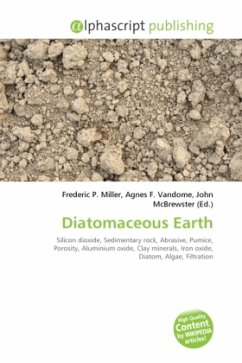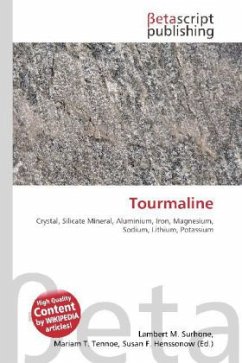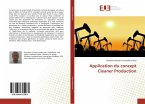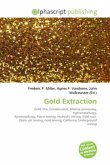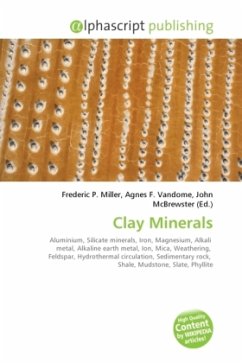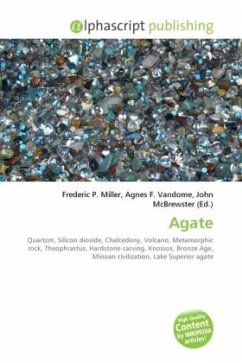Diatomaceous earth also known as diatomite or kieselgur, is a naturally occurring, soft, siliceous sedimentary rock that is easily crumbled into a fine white to off-white powder. It has a particle size ranging from less than 1 micron to more than 1 millimeter, but typically 10 to 200 microns. This powder has an abrasive feel, similar to pumice powder, and is very light, due to its high porosity. The typical chemical composition of oven dried diatomaceous earth is 80 to 90% silica, with 2 to 4% alumina and 0.5 to 2% iron oxide. Diatomaceous earth consists of fossilized remains of diatoms, a type of hard-shelled algae. It is used as a filtration aid, as a mild abrasive, as a mechanical insecticide, as an absorbent for liquids, as cat litter, as an activator in blood clotting studies, and as a component of dynamite. As it is also heat-resistant, it can be used as a thermal insulator.

